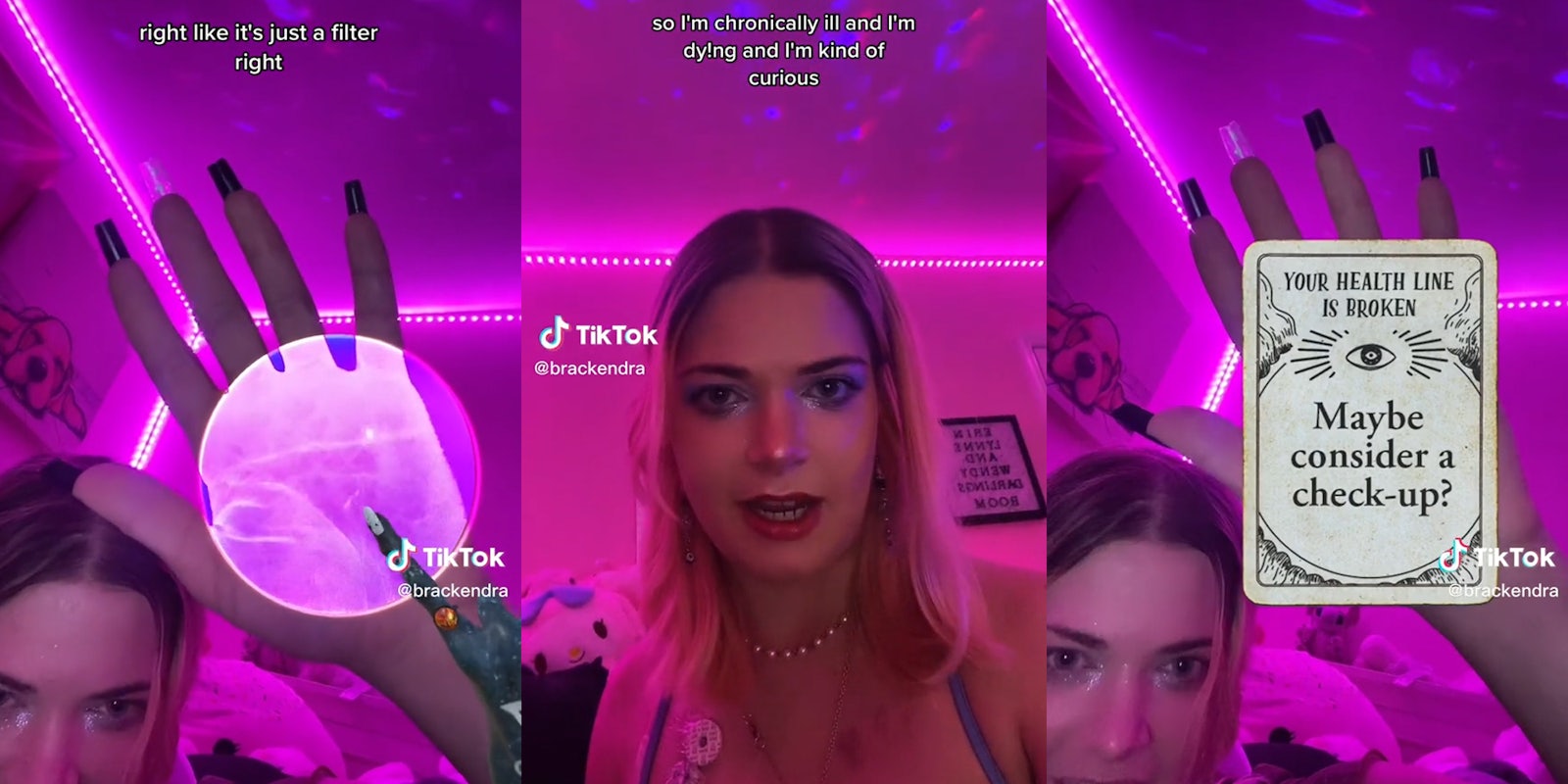Problematic on TikTok is a weekly column that unpacks the troubling trends that are emerging on the popular platform and runs on Tuesdays in the Daily Dot’s web_crawlr newsletter. If you want to get this column a day before we publish it, subscribe to web_crawlr, where you’ll get the daily scoop of internet culture delivered straight to your inbox.
Analysis
TikTok filters, when looked at as a whole, are kind of like the island of misfit toys. That’s a reference to the animated Christmas classic Rudolph the Red-Nosed Reindeer and the Island of Misfit Toys, but my point is that TikTok filters are a mixed bag.
And the latest filter that is causing controversy feels totally out of left field: The palm reading filter.
As discussed in previous columns, TikTok filters fall into a few categories. Some enhance or add on to the facial features of the users, while others “do” something, like guess their weight or the most used apps on their phone.
“Do” is in quotes because there’s just no way that a TikTok filter can correctly guess personal information about each user—any information that a filter guesses correctly is by chance or sheer luck.
Within that framing, videos that show the palm reading filter correctly guessing users’ circumstances have gone viral.
The palm-reading filter works by circling a user’s hand and then turning over a card, which then gives the user a “premonition” about their love life, health, or wealth. A TikToker who describes herself as “dying and chronically ill” posted a video that shows the filter telling her to get “a check up” because her “health line is broken,” which has led to other TikTokers using the filter as a way to see into the future of their health.
All of this just leads to videos about serious subjects, like someone’s health, based on arbitrary evidence, like a TikTok filter. And none of this has anything to do with the actual practice of palm reading, which is performed by humans, not part-AI, augmented reality, and computer vision social media filters.
What’s worse, some TikTokers are even saying that when they used the filter, it actually touched them “in real life.” While the filter certainly didn’t jump out of their phones and touch their palm, users’ reaction could be a placebo effect: They see their palm being touched on screen and think they feel something.
Why it matters
A tell tale sign of a hoax is when users are encouraged to try a filter, using a TikTok audio, or participate in a trend for themselves to see if they get the desired results. And like manifestations videos on TikTok, a palm reading filter being able to tell if a user is sick or touch them in real life is a hoax.
And hoaxes get reactions, which translates to engagement and views on TikTok.
Thus, the cycle continues.


